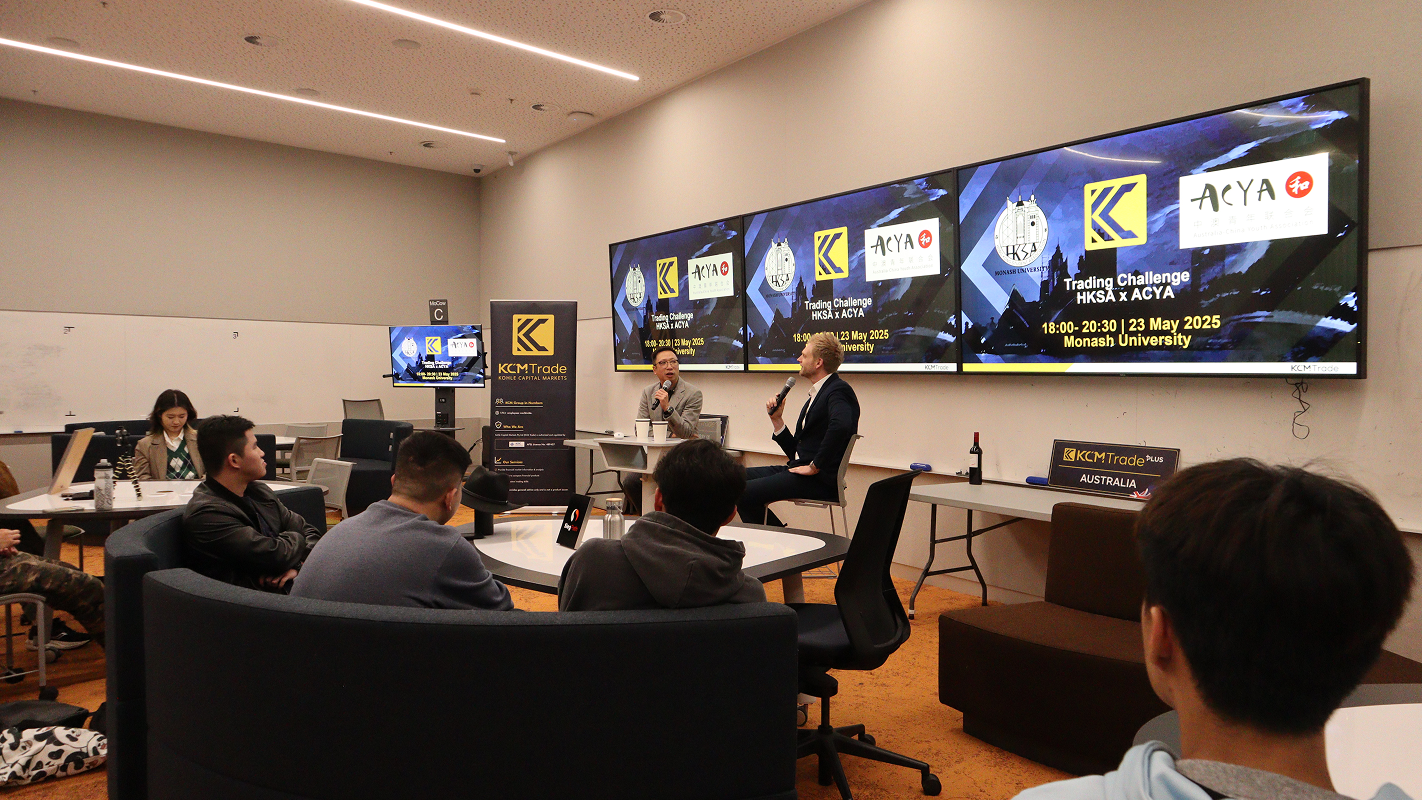The Trader’s Mindset: Fixed vs. Growth Thinking

Every trader begins with the same charts, data, and opportunities. Yet, only a few manage to turn consistent profits and build long-term success. What sets them apart isn’t luck — it’s mindset.
In trading, your psychological approach can either accelerate your growth or trap you in cycles of frustration and self-doubt. Understanding the difference between a fixed mindset and a growth mindset can be the turning point that separates amateur traders from SiegCertified™ professionals.
What Is a Fixed Mindset in Trading?
A fixed mindset is the belief that your skills, intelligence, and potential are static. Traders with this mindset often think:
- “I’m just not good at trading news events.”
- “Risk management isn’t my strength.”
- “I’ll never understand market structure.”
Such thoughts limit progress. When trades go wrong, fixed-mindset traders tend to blame external factors — the market, the broker, or even luck — rather than analyse their own decisions.
This attitude fosters:
- Fear of failure, which leads to hesitation and missed opportunities.
- Emotional trading, where losses trigger frustration instead of reflection.
- Resistance to feedback, especially during evaluations or mentoring.
At SiegPath, we’ve seen talented traders fail not because of lack of skill, but because of mental rigidity — an unwillingness to learn, adapt, and grow.
What Is a Growth Mindset in Trading?
A growth mindset, coined by psychologist Carol Dweck, is the belief that abilities can be developed through effort, learning, and feedback.
In trading, this translates to:
- Viewing losses as lessons, not proof of failure.
- Treating mistakes as data points that reveal areas for improvement.
- Embracing continuous education, from backtesting to psychological training.
A trader with a growth mindset doesn’t ask, “Why did I lose?” but rather, “What can I learn from this trade?”
When challenges arise — whether it’s drawdown periods, changing volatility, or evaluation pressure — growth-oriented traders adapt their strategies instead of abandoning them.
Fixed vs. Growth Thinking: A Practical Comparison
How Mindset Affects Trading Performance
Your trading results are a reflection of your beliefs as much as your strategy. A fixed mindset narrows your focus to short-term outcomes — profit or loss — while a growth mindset helps you focus on long-term development.
Here’s how that distinction plays out:
- Decision-Making Quality
Growth-minded traders approach every decision analytically, not emotionally. They backtest, record, and evaluate — building consistency over time.
- Resilience During Drawdowns
When the market tests your patience, mindset decides whether you persist or give up. Growth thinkers endure, reassess, and recover.
- Adaptation to Market Change
Markets evolve constantly. Growth-oriented traders evolve with them — updating systems, learning new indicators, or exploring different asset classes.
- Long-Term Consistency
The goal is not one profitable week — it’s sustainable performance. That requires continuous improvement, patience, and self-awareness.
Developing a Growth Mindset: Practical Steps for Traders
Transitioning from fixed to growth thinking isn’t instant. It’s a process — but a worthwhile one. Here’s how to start:
Reframe Failure as Feedback
Every loss is data. Instead of frustration, ask:
- Was my setup valid?
- Did I follow my trading plan?
- Was my risk size appropriate?
Keep a Trading Journal
Recording your trades helps you spot emotional and technical patterns. SiegCertified™ traders often discover that consistent journaling is their most valuable tool.
Set Learning Goals, Not Just Profit Goals
Focus on improving one skill each week — whether it’s mastering DMI interpretation or refining entry timing on Sieg Terminal. Growth happens in small, consistent steps.
Seek Constructive Feedback
Participate in communities, mentorships, or SiegPath evaluations. Feedback from professionals accelerates growth far more than isolated practice.
Celebrate Process, Not Just Results
Every time you execute your plan correctly — even if it’s a losing trade — acknowledge it. Discipline builds success.
How SiegPath Supports a Growth Mindset
At SiegPath, our mission — “We Pave The Path To Professional Trading” — is rooted in helping traders develop their potential.
Through our evaluation programs, funded trading opportunities, and SiegAcademy™ resources, we provide the structure and feedback loop that supports genuine growth.
Becoming a SiegCertified™ Trader isn’t about perfection — it’s about progress, discipline, and adaptability. That’s what defines a professional mindset.
Final Thoughts: Choose Growth Over Perfection
Trading success is not about always being right — it’s about always getting better.
A growth mindset keeps you learning, adapting, and evolving — the same principles that define the SiegPath community.
So next time the market challenges you, remember: it’s not testing your talent; it’s testing your mindset.












